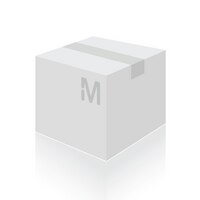7490-OP Sigma-AldrichOmniPur® Silver Pro Stain Kit - Calbiochem
Recommended Products
Áttekintés
| Replacement Information |
|---|
| References |
|---|
| Product Information | |
|---|---|
| Quality Level | MQ100 |
| Applications |
|---|
| Biological Information |
|---|
| Physicochemical Information |
|---|
| Dimensions |
|---|
| Materials Information |
|---|
| Toxicological Information |
|---|
| Safety Information according to GHS |
|---|
| Safety Information |
|---|
| Product Usage Statements |
|---|
| Storage and Shipping Information | |
|---|---|
| Storage | +2°C to +8°C |
| Do not freeze | Ok to freeze |
| Packaging Information |
|---|
| Transport Information |
|---|
| Supplemental Information |
|---|
| Specifications |
|---|
| Global Trade Item Number | |
|---|---|
| Katalógusszám | GTIN |
| 7490-OP | 0 |
Documentation
OmniPur® Silver Pro Stain Kit - Calbiochem Certificates of Analysis
| Title | Lot Number |
|---|---|
| 7490-OP |










